The Practice of Celtic Music
This is Part 2 in Fiddle Tune Season, a series about how to teach Celtic fiddle music to your violin, viola, cello and bass students. Many string players are curious about Celtic fiddle music and how it differs from playing classical and written music. Here’s an overview of the practice of Celtic fiddle music. Please note that I use Celtic, fiddle and traditional music interchangeably to mean the same thing.
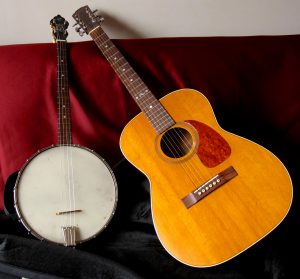
Social
First, for those unfamiliar with the practice of traditional music, a large part of its appeal is its social aspect. I love how a simple tune can be played by anyone with an instrument, and you don’t have to be an advanced player to join in. Everyone is on equal ground because everyone plays in unison. You can choose to play the tune straight, or choose to play it with variations or ornamentation and add slurs or not, yet it is still the same tune, and you can all play it together.
It is also unrestricted by instrument combination. Get together with a flutes, uilleann pipes, accordions, banjos and tin whistles. Then throw in a bodhran player, a guitar and a piano. It will sound great. Meet at a pub, or in someone’s kitchen. Or have a party with music and dancing called a ceidilh (kay-lee). It’s all great fun.
Memorization
Tunes are short, catchy, and repetitive, and are a great tool to motivate students to practice memorization. Traditional music is not meant to be played from music. It is first and foremost an aural tradition, and still continues to be. If you play tunes with other people (at what is called a ‘session’), you never bring music with you. Everyone plays without music. You have to memorize the music to participate. And if someone plays a tune you like, you can learn it from them by ear on the spot or ask them if you could record it and learn it at home.
Playing by Ear
Playing by ear and learning by ear is a big part of the practice of Celtic music, even for music readers. When you learn a tune by ear, you are not just learning the notes, but picking up the style, or a particular player’s style. It also promotes a shared musical experience as one player shows another player a tune. In this series I will show you how you can create an authentic tune-playing atmosphere in your classroom by incorporating this into the lesson.
Playing Medleys
One of the goals of fiddle playing is to learn enough tunes so that you can string them into a medley. Again, depending on different styles, the tunes in a medley may be all in one key, as in Cape Breton style, or it may be expected that you change key, as in Irish. Medleys usually consist of three tunes, and sometimes more.
If you teach one tune a year, at least you’ll have one medley down by the time they hit the third year and they’ll get a taste of what it is like to play traditional music. Playing a medley is a challenging goal as it requires a lot of different mental skills that the students wouldn’t otherwise use in a traditional string classroom.
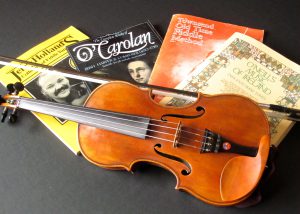
Diversity of Style
There are many, many different styles Celtic music, and a single tune can be played completely differently from one style to the next. This is a great opportunity for your students to discover a style they like. On the SMT YouTube channel, I have a Fiddle Playlist that you can use for to accompany the tunes in the SMT Fiddle Tunes for Strings. The playlist includes performances that I have found in different traditional styles, so that students can explore and find a sound that appeals to them. Irish, Scottish, Cape Breton, Old Time, Acadian, Quebecois, or contemporary, there is such diversity in tunes.
There can also be great diversity within a certain style. Irish fiddling for example can sound very different from one region to the next, yet still sound discernibly Irish. And it can sound very different from one player to the next. On the opposite end, some styles have less variation such as in Cape Breton fiddling, which is more similar to classical music in that it is quite strict, as the predominantly separate bowing, the cuts, hits, and open-string drones are very essential to their sound.
Then there are variations of Celtic music from different countries to explore as well as modern tunes. There really is an endless variety!
Toe-Tapping
Reels, jigs, marches, strathspeys, waltzes. Celtic music is first and foremost dance music and physical involvement in the beat is essential. You cannot perform Celtic music properly without tapping your foot as you play.
To illustrate this, I like to tell the story of when I first started my exploration of fiddle music in Cape Breton (Nova Scotia, Canada). The owner of the B&B where I was staying sent me out to see different local fiddlers, including the late Jerry Holland. I ended up in the trailer home of an older gentleman, the late John MacDougall, whose small kitchen was piled high with stacks and stacks of music, much of it tunes that he had written (he wrote over 35,000). He was so thrilled to have me visit because I could read music. So we sat and read music for an hour or two together. Throughout that time, he was constantly nudging my foot whenever I stopped tapping it, which was a lot because I was self-conscious about it. He insisted that I tap my foot because it was part of the music. And it is true. The music feels completely different when you physically involve yourself in the beat. I never forgot that lesson.
Encourage your students to develop the skill of tapping as they play. It will not only help them keep a steady beat, but it is also a handy skill to have. Of course, it is also a skill that they should only use when needed.
The Session
The session is where the fiddle-playing action is at. A session is a gathering somewhere to play music together, whether it is a weekly session at the pub, or a night in someone’s kitchen. You go to a session, hope they play tunes you know, and join in! You meet new musicians, make new connections, discover new tunes, and share yours with others. It is the social aspect of this music, I think, that makes it so popular. If you are interested in attending a session, make sure you look up session etiquette, so you know what to do when you get there. You don’t want to commit a session faux-pas!
If your students get hooked on fiddle music, perhaps you’ll end up with a spontaneous session at your school!
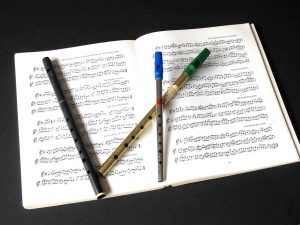
Be Authentic to the Practice
Celtic music is meant to be played in unison. The instrumentation is flexible. The chordal accompaniment, such as guitar, piano, bouzouki, etc., provides both harmonization and rhythm. Depending on the style, you can add percussion such as bodhron, spoons, and foot rhythms. But that is it. If you listen to the Scottish Fiddle Orchestra, that is all they do – unison and straight chordal accompaniment. The music of many cultures is played mainly in unison. Don’t be afraid of it and feel compelled to harmonize Celtic music; it won’t sound authentic.
Well, I hope that is a good intro to fiddle music, and I hope it helps you build confidence towards introducing fiddle music into your classroom or private lesson. The best way to do it of course is to start by getting hooked on the music yourself. You can begin by downloading the SMT Fiddle Tunes Collection and start memorizing a few tunes for your class.
Enjoy your explorations, and be sure to check out the next post in this series, Teaching Compound Time Through Jigs.
Fiddle Tune Season Series:
Fiddle Tunes for the String Class
Part 1 – Why Teach Fiddle Tunes?
Part 3 – There’s So Much to Learn Through Jigs
Part 4 – Memorization and Playing by Ear
Part 5 – Teaching Musical Expression and Creativity Through Tunes


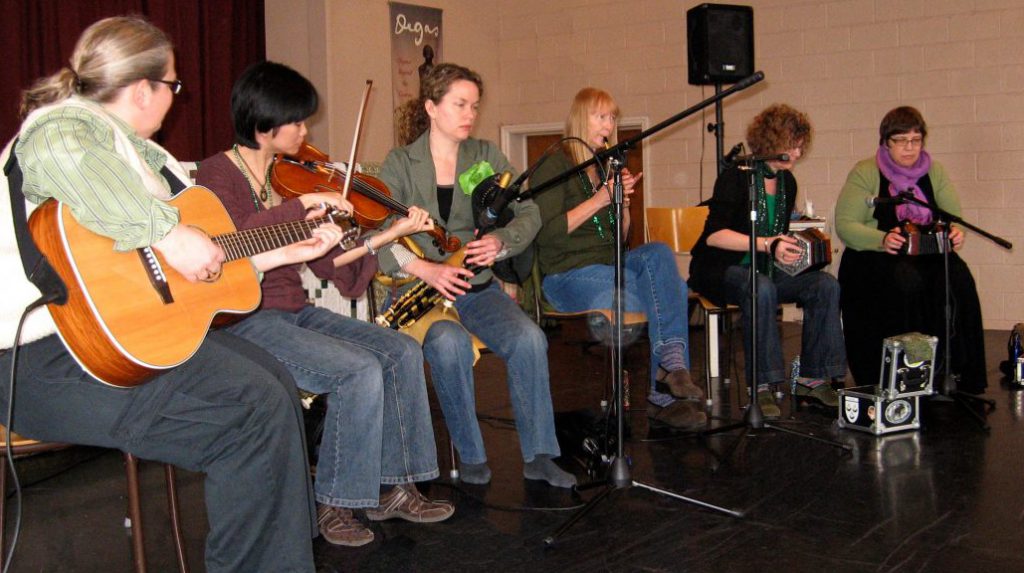
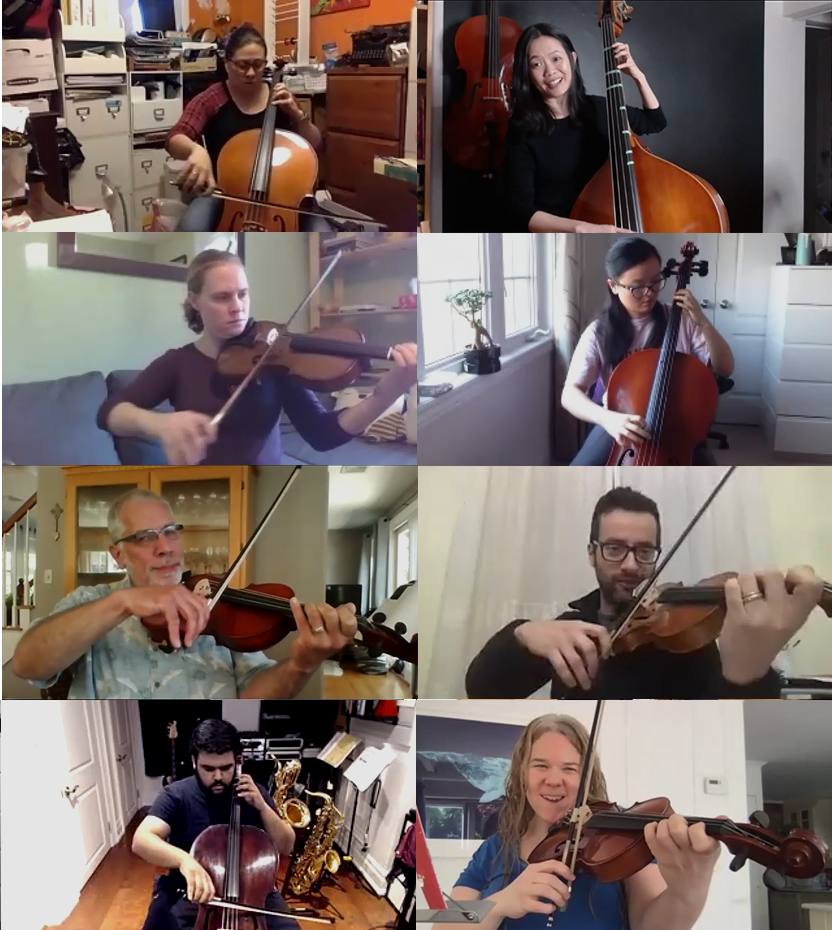
Leave a Reply